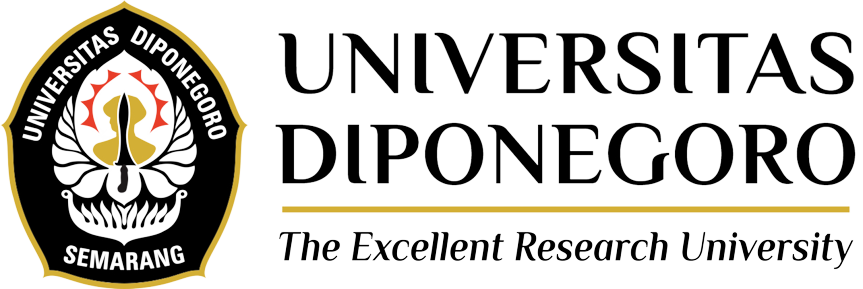The Covid-19 pandemic in Indonesia continues to show an increase in the number of patients who are confirmed positive. The public is expected to be aware of and fight the corona virus by remaining discipline in carrying out health protocols to avoid transmission, because the effectiveness of suppressing the risk of transmission will be maximized by strictly implementing health protocols. In this pandemic situation, people should pay more attention to their health.
“We urge the public to always comply with health protocols, always use masks, wash hands frequently, and most importantly keep your distance, don’t gather in groups, avoid crowds and don’t be careless in facing corona virus,” said dr. Dwi Hestu Anindita, doctor at Diponegoro National Hospital, Diponegoro University in the Healthy Life Talk Show. This event is collaboration between UNDIP Diponegoro National Hospital and Trijaya FM with the theme “When to Go Checking Up as Corona Danger Hits” (17/6).
“If we know that our antigen swab results are positive, we must immediately self-isolate ourselves, the goal is to prevent cases from increasing or spreading so quickly. Then we report to the nearest health service, for example to the Public Medical Centers to be recorded in data of Covid-19 patient, and usually the Public Medical Centers team will send health workers to do tracing. According to WHO, 80% of the corona virus has mild symptoms, so not all of them have to be hospitalized, the important thing is to self-isolate, take care of ourselves and our families when we know the results of the positive antigen swab,” she explained.
“In the antigen swab examination, when our body undergoes an infection process, our body will release a protein that can be detected from the antigen swab, while in the PCR examination, we look for the genetic content of the virus in our body,” she continued.
Regarding the use of ventilators, according to dr. Dita, the patient’s condition when put on a ventilator is usually in respiratory failure or ARDS (Acute Respiratory Distress Syndrome) and there are grades from mild, moderate to severe grades. “To be put in condition of installing a ventilator, the steps are quite long, so we usually start from non-invasive first. For example, from cases of shortness of breath with heavy breathing, we help with oxygen therapy and then monitor the condition, both from the function of respiratory system and the function of cardiovascular circulation, so this process is a determination step in installing a ventilator. The installation of a ventilator is used in conditions that are already very severe, the ventilator is used if the person has difficulty breathing spontaneously or has difficulty breathing independently,” she explained.
“What the public needs to pay attention to when doing self-isolation, first we have to know where the place is, for example, at home we live with anyone and know the condition of family members in our houses, if there are positive ones isolated. Not exchanging eating utensils with family who are positive for COVID-19, using masks, maintaining and improving our personal hygiene including washing hands or bathing, and so on. Next is to regulate the diet, eat healthy food, take vitamins, if you have been given medicine, take it according to the rules for use, then take a lot of rest,” said dr. Dita. (Linda – Public Relations)
Translated by: Titis (Public Relations)

